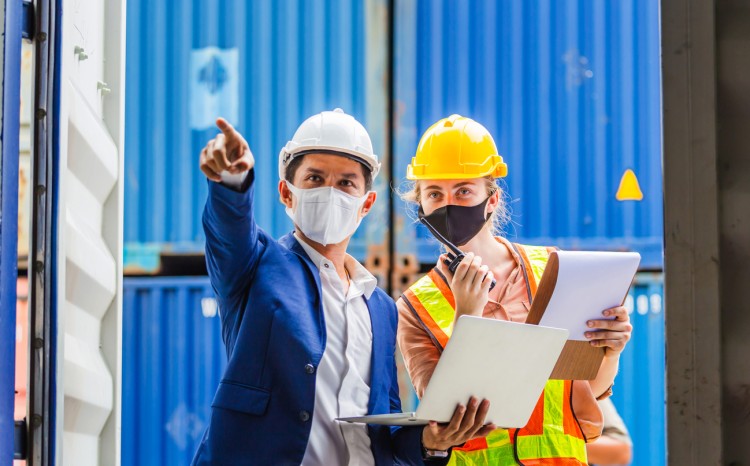
Promoting Workplace Safety: Strategies for a Secure and Productive Environment
Maintaining a safe and secure workplace is crucial for the well-being of employees and the overall productivity of an organization. By implementing effective safety measures, companies can create an environment that prioritizes the health and security of their workforce. In this article, we will explore strategies for promoting workplace safety and fostering a secure and productive working environment.
- Comprehensive Risk Assessment: Conduct a thorough risk assessment to identify potential hazards in the workplace. This includes evaluating physical conditions, equipment, work processes, and potential safety risks. Engage employees in this process to gather their insights and ensure a comprehensive understanding of the workplace environment.
- Implement Safety Policies and Procedures: Develop and enforce clear safety policies and procedures that address specific hazards and risks identified during the risk assessment. Provide training to employees to ensure they understand and adhere to these policies. Regularly review and update the policies to incorporate any changes in work processes or regulations.
- Training and Education: Invest in comprehensive safety training programs for all employees. Train them on emergency procedures, safe work practices, proper use of equipment and machinery, and the importance of personal protective equipment (PPE). Conduct regular refresher training sessions to reinforce safety protocols and keep employees informed about new developments.
- Encourage Open Communication: Create a culture of open communication where employees feel comfortable reporting safety concerns or near-miss incidents. Establish a reporting system that allows employees to report hazards, accidents, or potential risks anonymously if necessary. Act promptly on reported issues to address them effectively.
- Maintain Clean and Organized Workspaces: Promote a clean and organized work environment to minimize accidents and injuries. Keep walkways and exits clear, properly store tools and equipment, and regularly inspect and maintain machinery to ensure they are in safe working condition. Encourage employees to maintain cleanliness in their work areas.
- Provide Personal Protective Equipment (PPE): Identify the necessary personal protective equipment (PPE) for each job role and provide it to employees. This may include safety goggles, gloves, helmets, ear protection, or high-visibility clothing. Train employees on the proper use, care, and maintenance of their PPE.
- Regular Safety Inspections: Conduct regular inspections of the workplace to identify potential hazards and ensure compliance with safety regulations. Inspect equipment, machinery, fire suppression systems, and emergency exits. Address any identified issues promptly to maintain a safe work environment.
Promoting workplace safety is vital for creating a secure and productive work environment. By implementing comprehensive risk assessment, establishing clear safety policies, providing thorough training, encouraging open communication, maintaining cleanliness, and conducting regular inspections, organizations can ensure the well-being of their employees. Remember, a safe workplace leads to increased employee morale, reduced accidents and injuries, and improved overall productivity.
For further information or inquiries, please feel free to contact me at [email protected].
Note: This article is for informational purposes only and does not constitute professional advice.